Upper Extremity
Finger Orthosis – Hand splints are commonly used to immobilize the hand and fingers after injury. Custom splints are made from low-temperature thermoplastic materials. Mechanical principles must be followed when splinting the hand to ensure that the forces and stresses are correct. There are four types of hand splints: static, dynamic, serial static and static progressive. Static splints hold the hand in one position and are typically used during the immobilization phase of healing to decrease pain and prevent movement. Dynamic splints are used to improve motion — or mobilize tissue in the hand. Serial static and static progressive splints hold structures in a stretched position. As flexibility increases, these splints are remoulded to stretch the tissues in the new position.
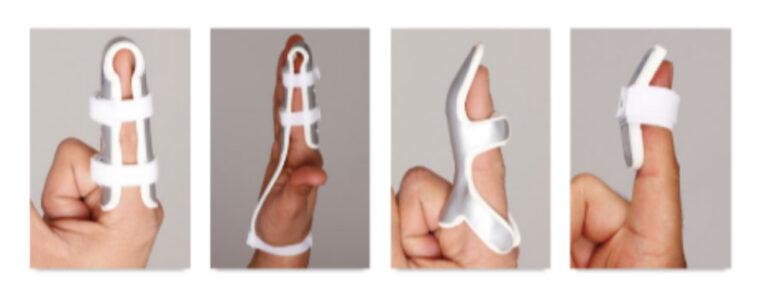
Follow us on Instagram
@orthopaedicindustries
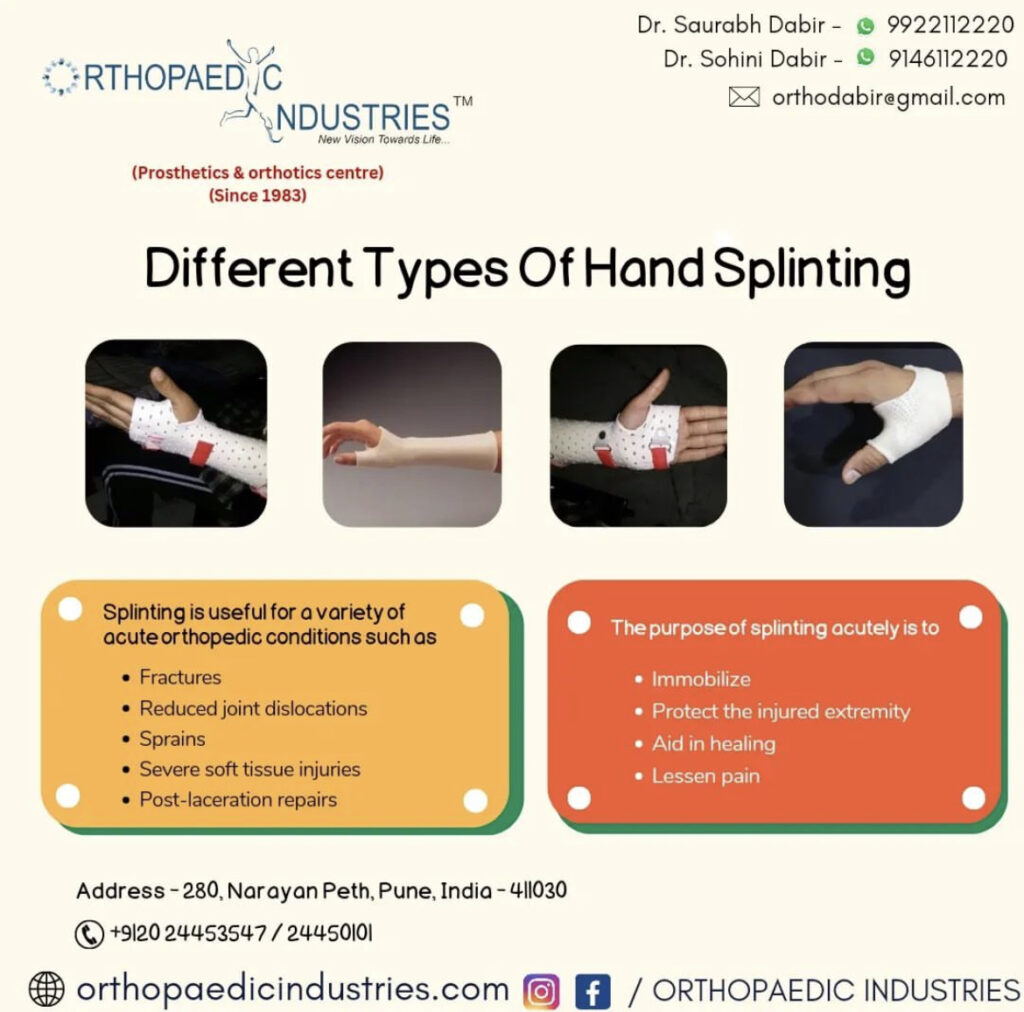
Wrist and Hand Orthosis – These kinds of orthoses are used to treat Paralysis, contracture management, spasticity, post-operative management and also Carpal tunnel syndrome, tendonitis, wrist sprain/strain and post-fracture management. These orthoses could be used during rest or during activities, depending on the kind of injury you have suffered. Depending on the requirement of the patient these are divided to static and dynamic orthosis.
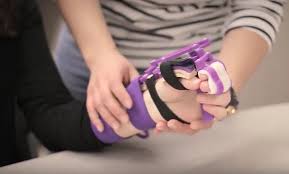

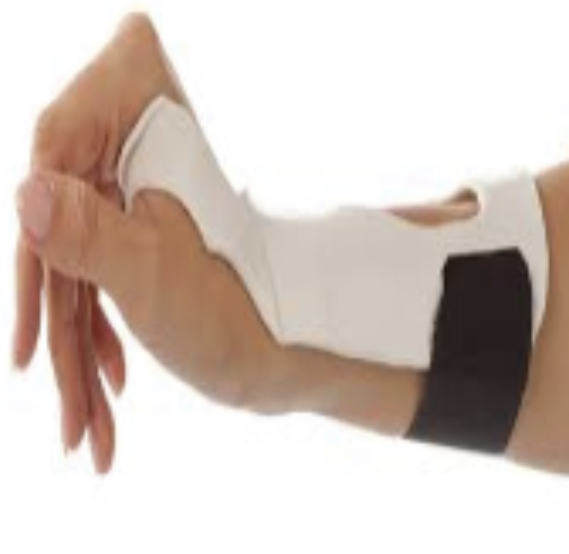
Arm Shoulder and Elbow Orthosis – These kinds of orthoses are used to treat Paralysis, contracture management, spasticity, post-operative management and also tendonitis, sprain/strain and post-fracture management. These orthoses could be used during rest or during activities, depending on the kind of injury you have suffered. Depending on the requirement of the patient these are divided to static and dynamic orthosis.

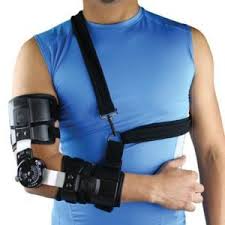

Fracture and Trauma Bracing – Fracture braces are used for mid-ulnar or radial fractures, wrist and hand fractures, distal humeral fractures, proximal radial and/or ulnar fractures, and post-operative or post-cast stabilization. These are available in both semi-rigid and rigid forms according to the need and the type of fracture. And the design of the fracture Brace is based on the Sarmiento Principle.
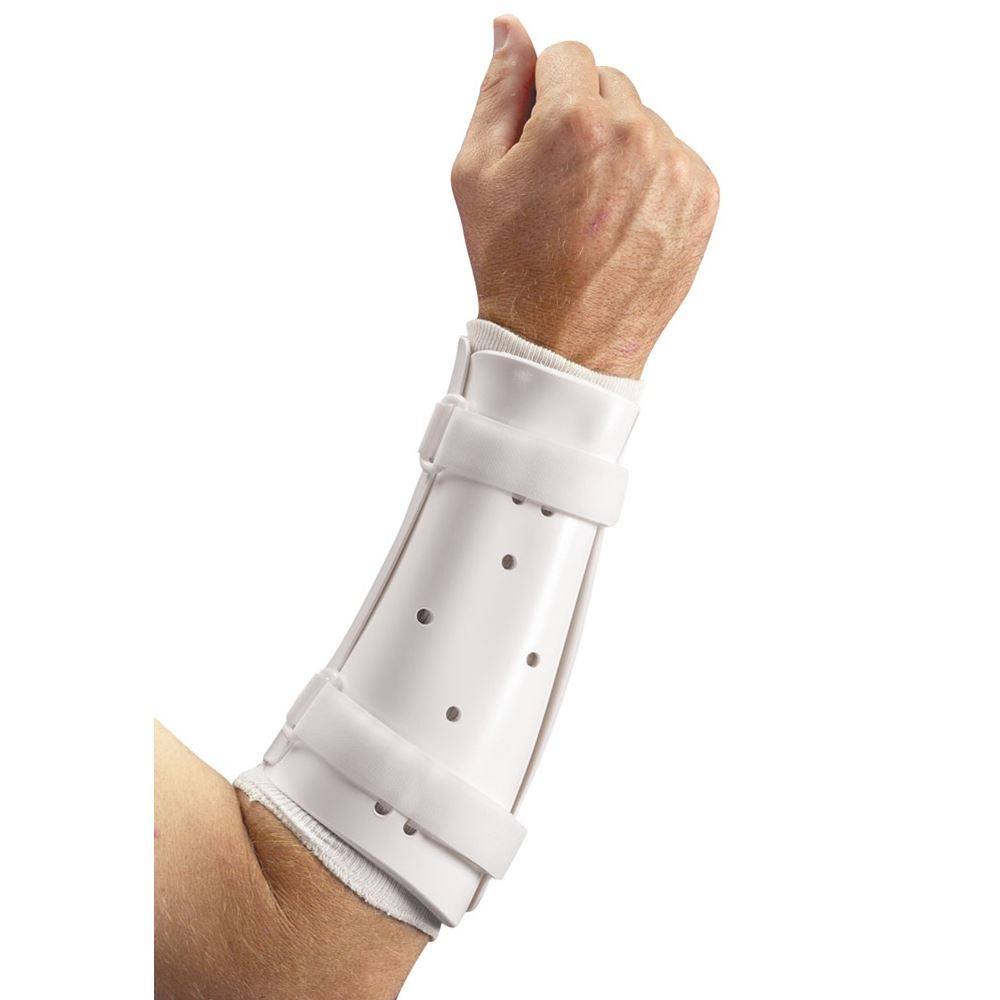
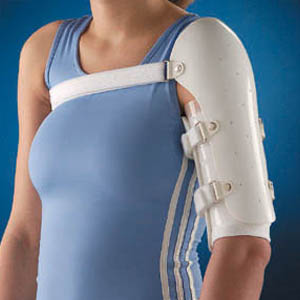


 020-24453547 / 020-24450101
020-24453547 / 020-24450101